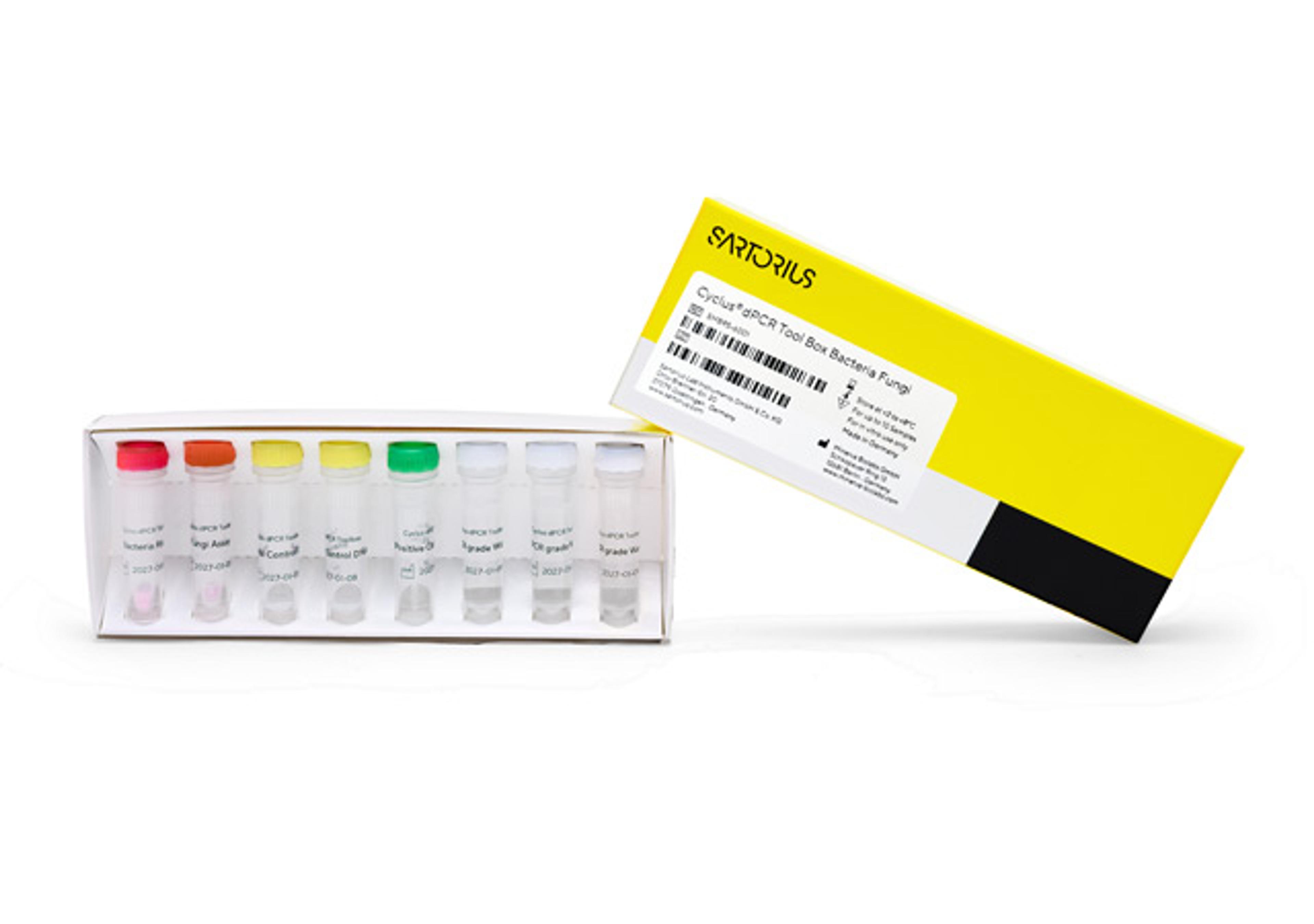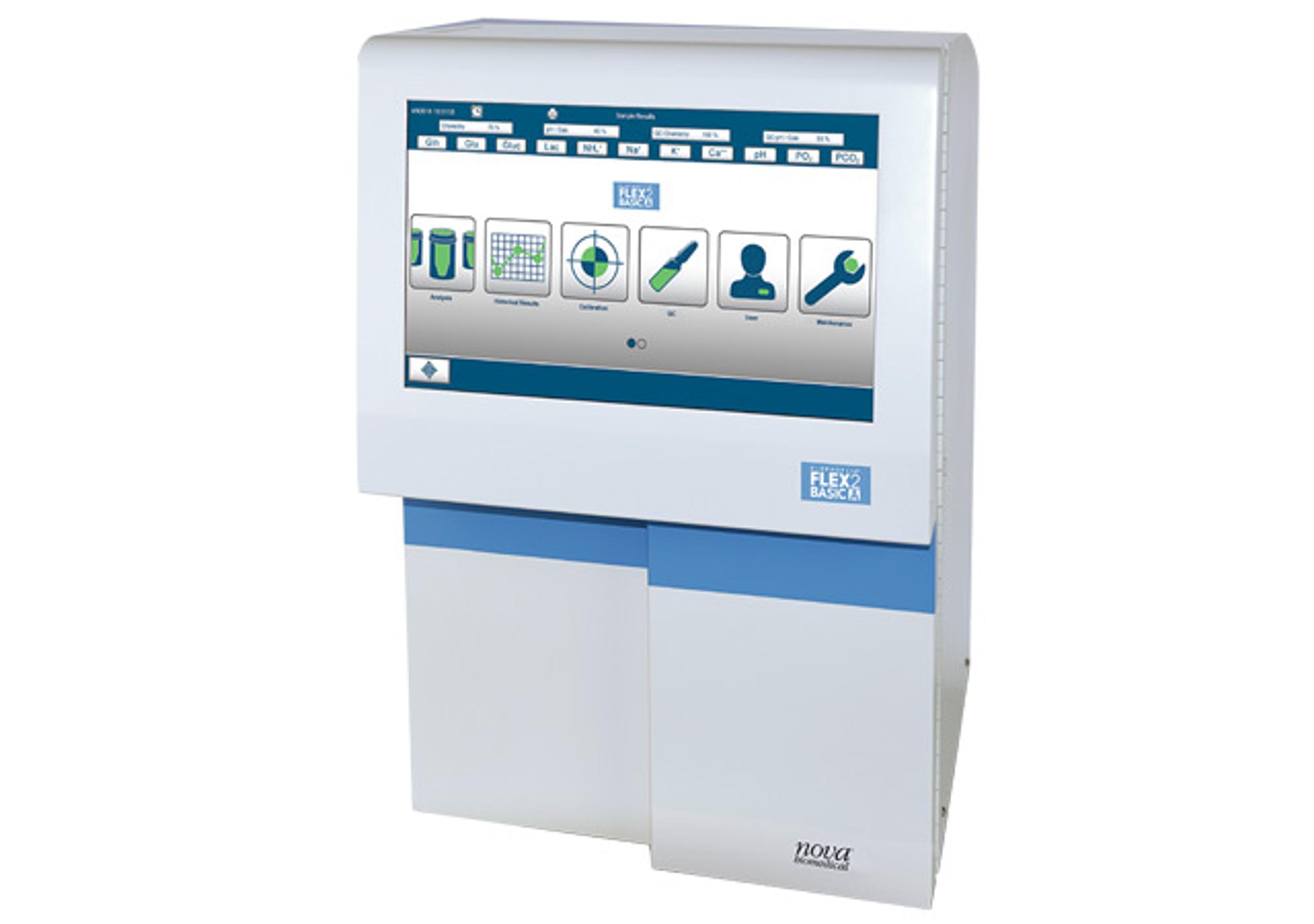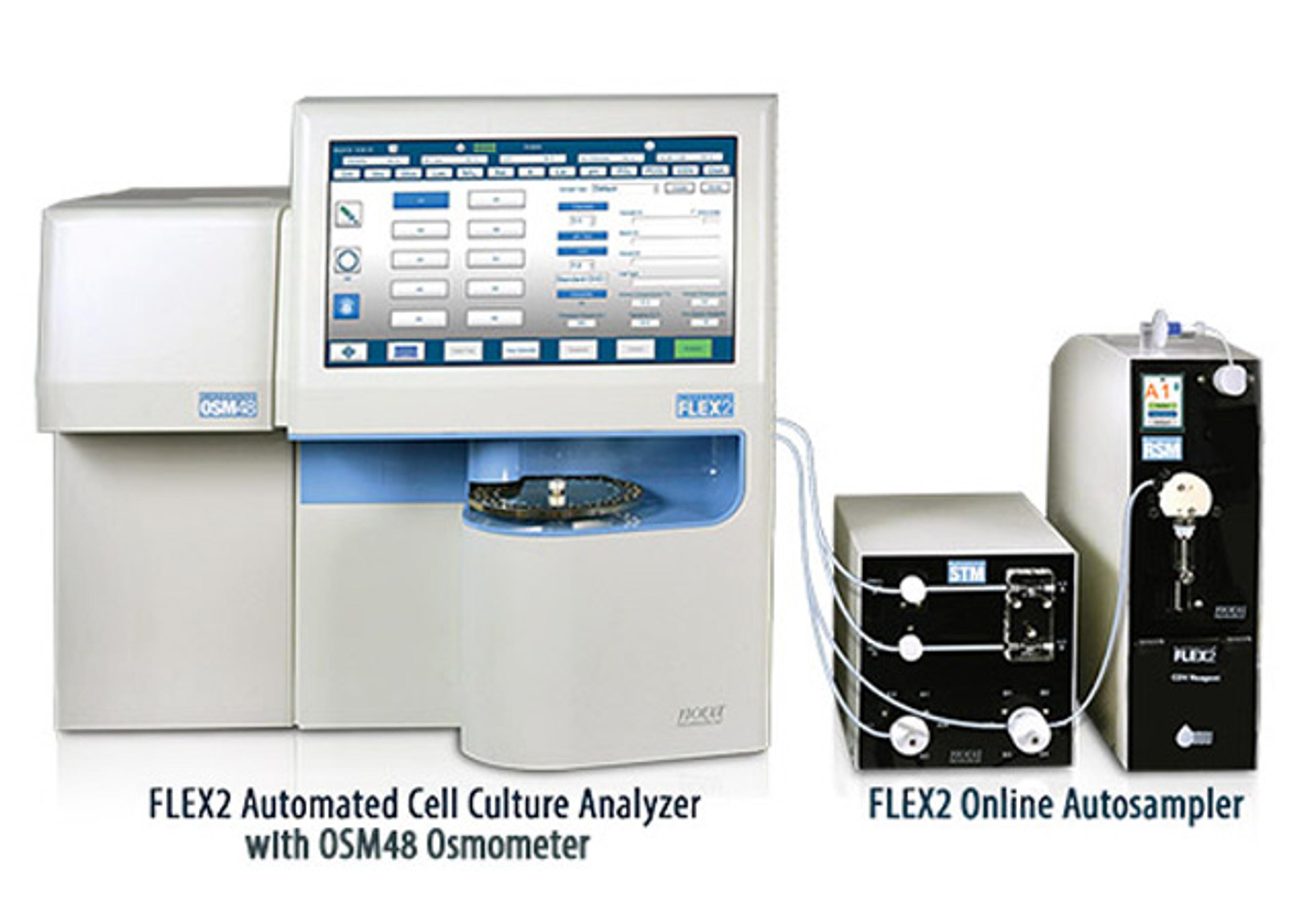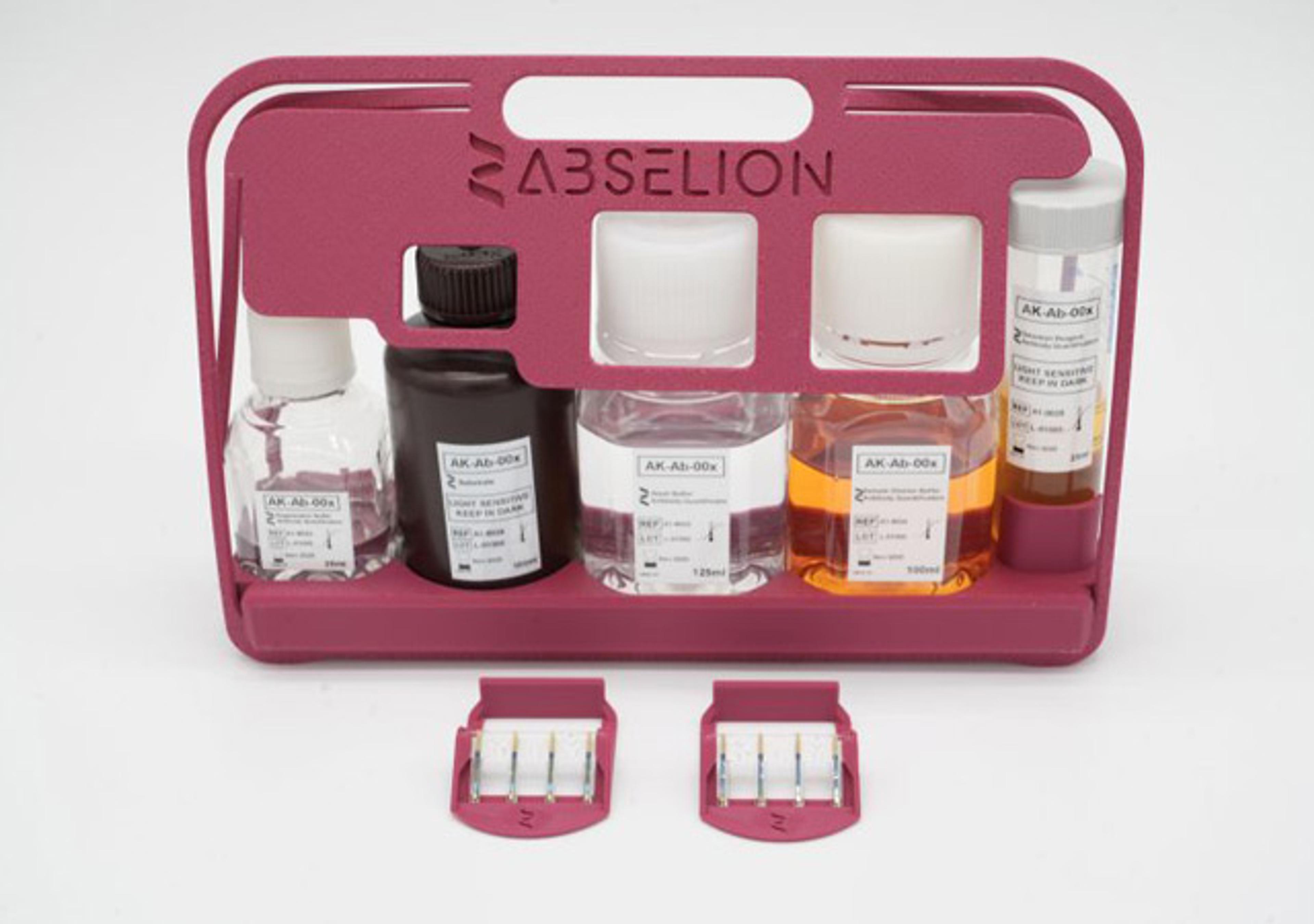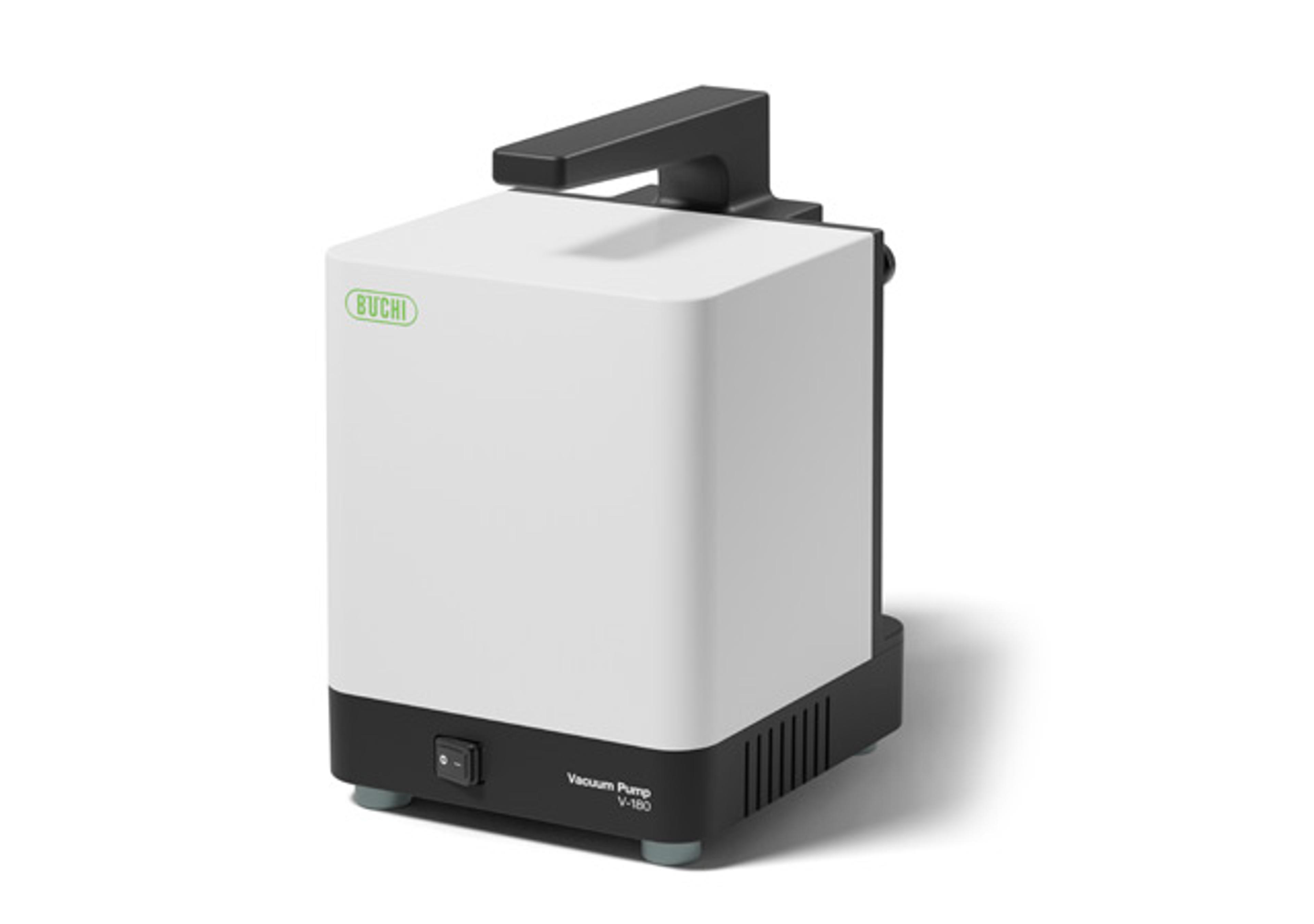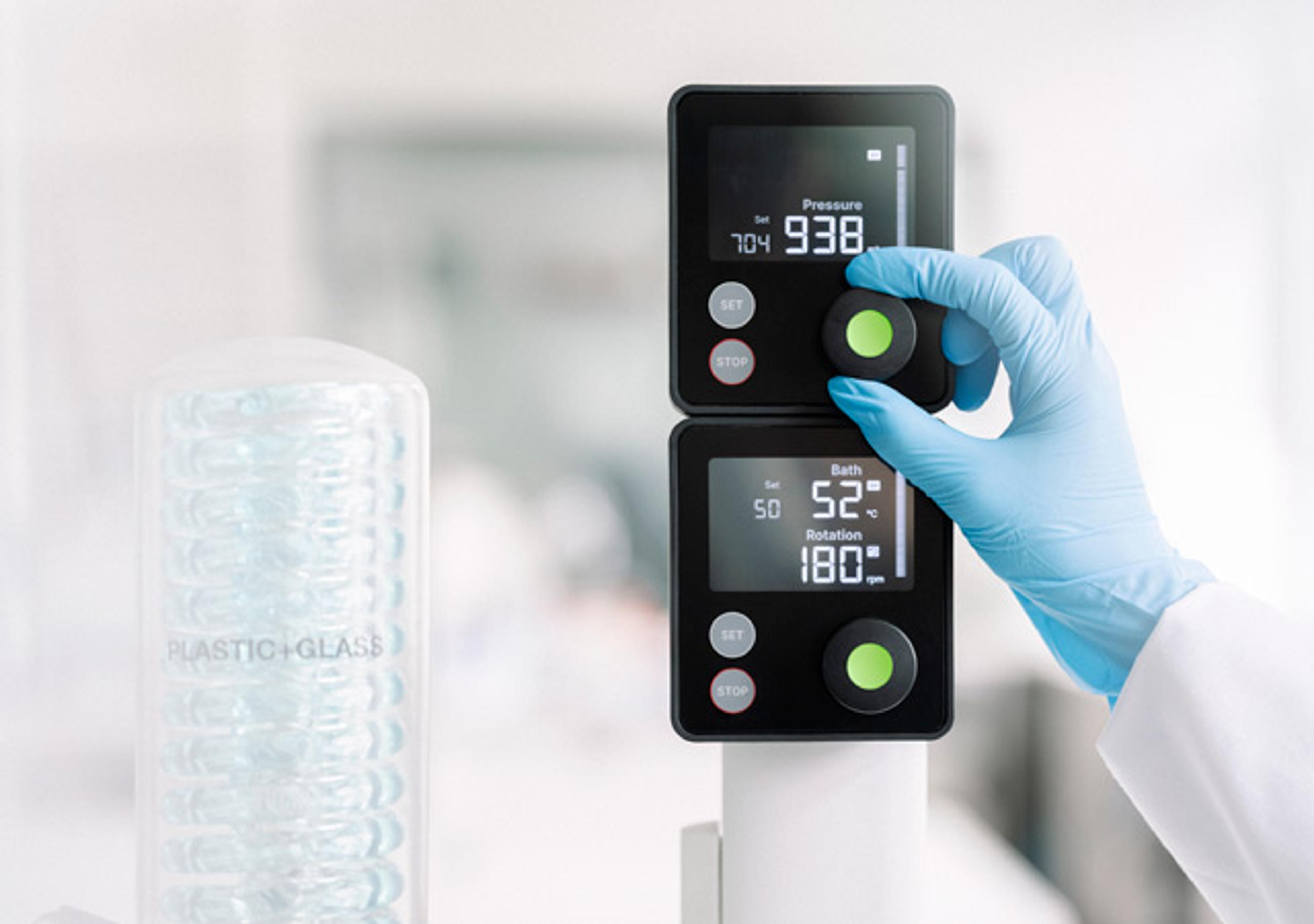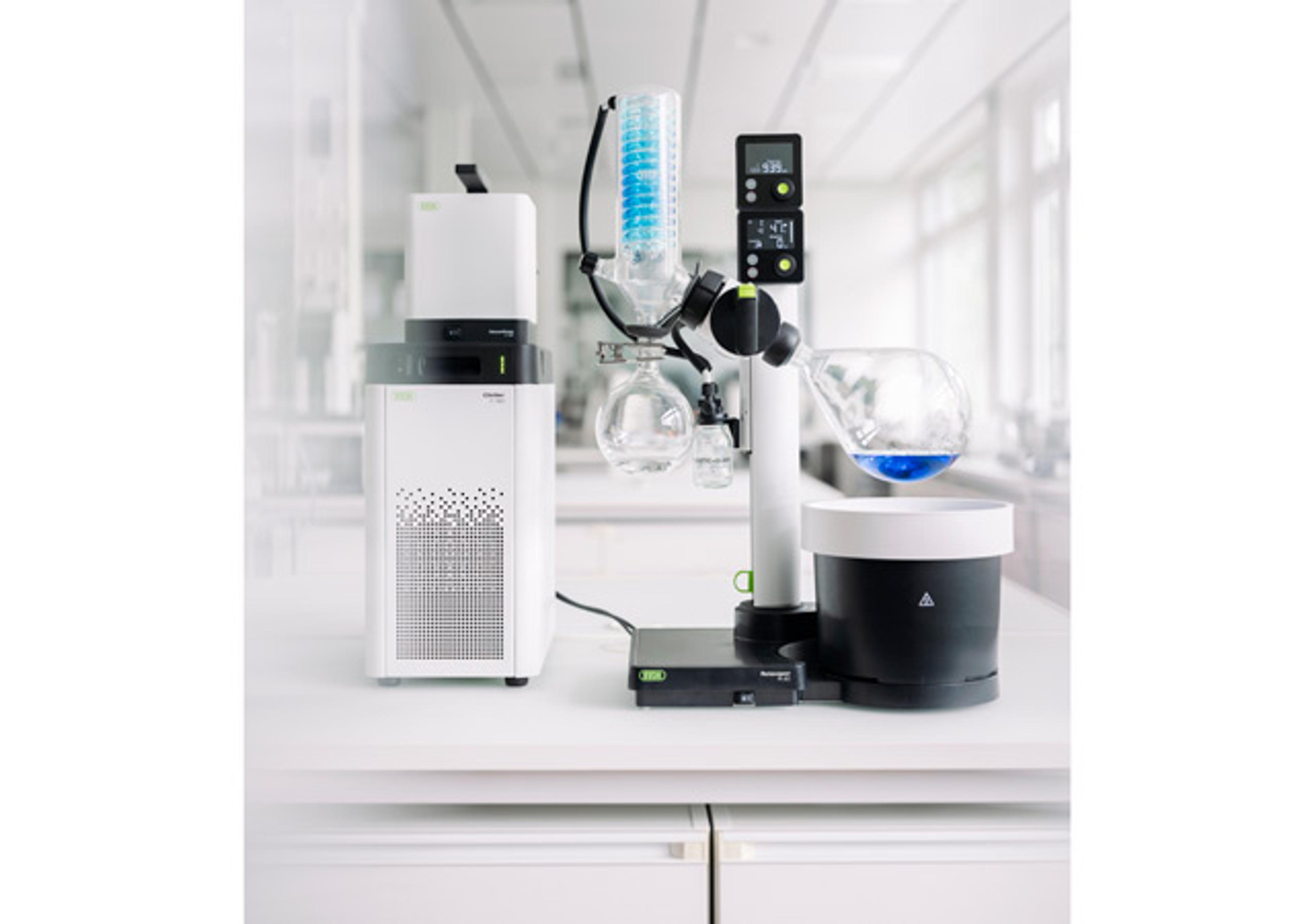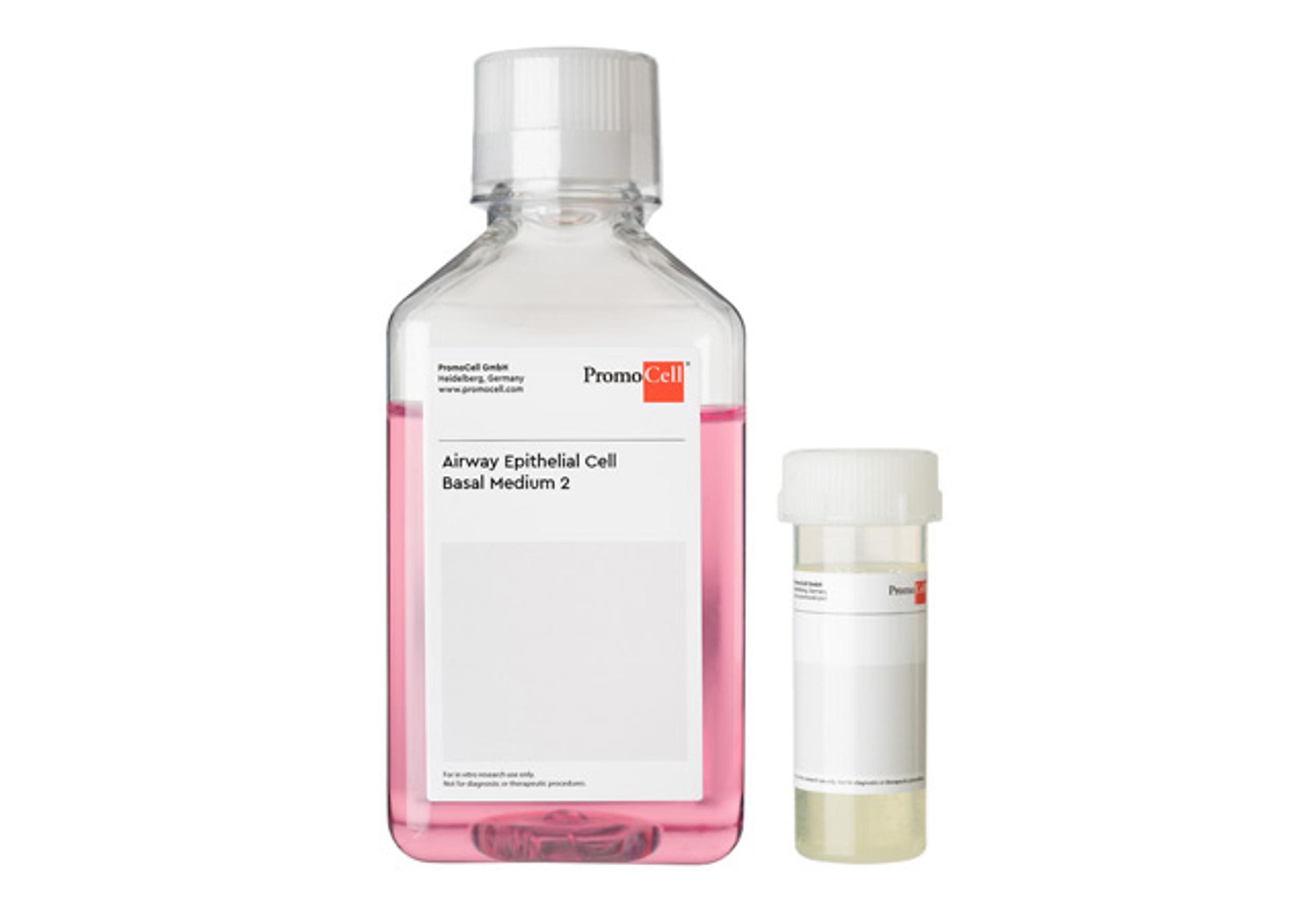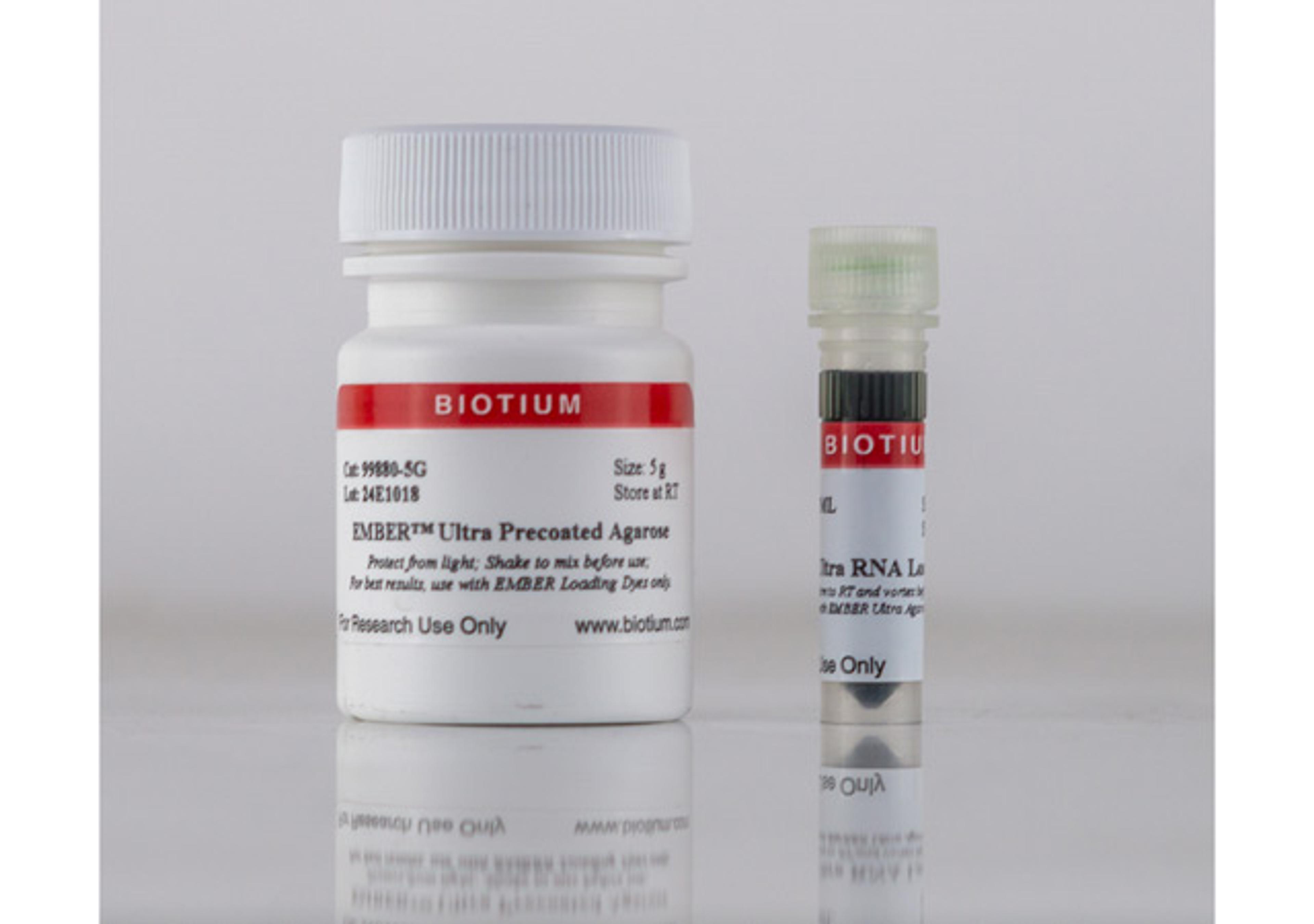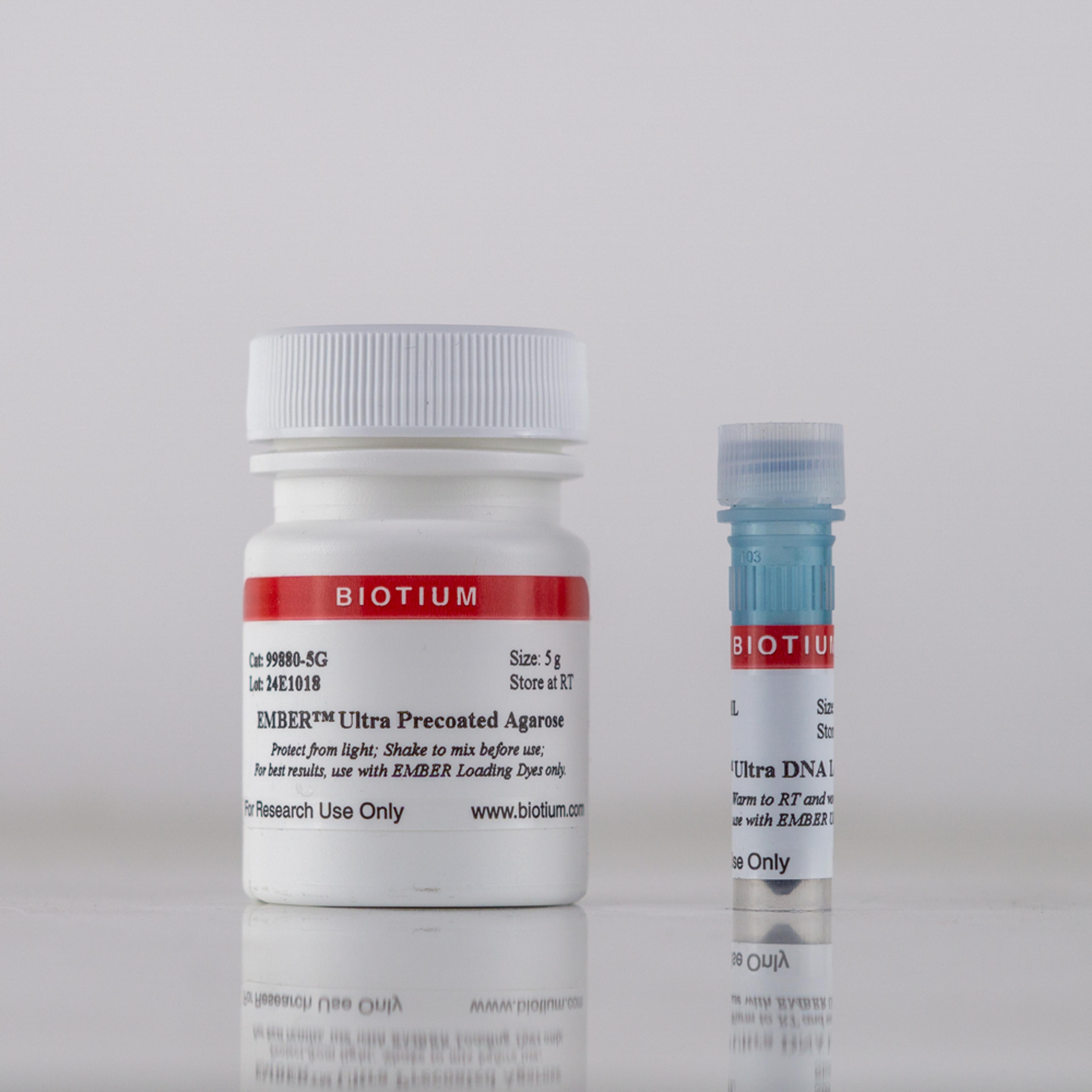Erythropoietin (Epo)
High Quality Assays with Reproducible and Reliable Results

The supplier does not provide quotations for this product through SelectScience. You can search for similar products in our Product Directory.
The EPO ELISA is intended for the quantitative determination of Erythropoietin (EPO) in human serum. This assay is intended for in vitro diagnostic use, as an aid in the diagnosis of anemias and polycythemias. With the advent of the administration of recombinant erythropoietin as a biologic therapy to increase red blood cell mass, an erythropoietin assay may be used also to aid in the prediction and monitoring of response to recombinant erythropoietin treatment in persons with anemias.Erythropoietin (EPO) is a heavily glycosylated protein with a molecular weight of about 30,000 - 34,000 Daltons. Human EPO is a polypeptide consisting of 165 amino acids, containing one O-linked and three N-linked carbohydrate chains [1]. The recombinant EPO is a good substitute for the native protein for use in an immunoassay [2]. Serum EPO levels are dependent on the rate of production and the rate of clearance of the protein. Ninety percent of EPO is produced in the peritubular cells of the adult kidney in response to a decrease in tissue oxygenation [3,4]. There is evidence indicating that the protein on these cells which detects oxygen saturation of the blood is a heme-containing moiety [5]. As the pO2 of the plasma, a function of the hematocrit decreases, EPO concentration will increase [6]. There are also observations suggesting that normally there is an inverse correlation between serum EPO levels and red blood cell mass [7]. Quantitation of serum erythropoietin concentration serves as a diagnostic adjunct in determining the cause of anemia or erythrocytosis. Aplastic anemia, hemolytic anemia and anemia due to iron deficiency all result in serum EPO elevation. Whereas, EPO levels in patients with secondary anemia due to renal failure and other disorders such as acquired immune deficiency syndrome (AIDS) are generally inappropriately low for the degree of anemia. This is mostly likely caused by an impaired ability of the diseased kidney to produce adequate quantities of EPO [8]. Low concentrations of EPO may give an early warning of kidney transplant rejection [10]. EPO also can be used to monitor AIDS patients undergoing Zidovudine (AZT) therapy. An increased concentration of EPO verifies that anemia associated with AZT therapy is due to red cell hypoplasia or apliasia [10]. Polycythemia rubra vera, or primary erythrocytosis (an increase of red blood cell mass) results from unstimulated over production of erythrocytes. Hence, the increase in the hemoglobin causes decreased production of EPO, which results in subnormal levels of serum EPO [9]. Secondary polycythemias, which are also characterized by an increase in the total red blood cell mass, occur as a physiological response to elevated levels of circulatory EPO caused by tissuehypoxia. The hypoxia may be due to such factors as pulmonary fibrosis, cardiovascular disease, prolonged exposure to high altitude, abnormal forms of hemoglobin or drug treatment [10]. Some tumors produce EPO and, in these cases, EPO may be used as a tumor marker to monitor the effectiveness of treatment.The DRG EPO Immunoassay is a two-site ELISA [Enzyme-Linked ImmunoSorbent Assay] for the measurement of the biologically active 165 amino acid chain of EPO. It utilizes two different mouse monoclonal antibodies to human EPO specific for well-defined regions on the EPO molecule. One mouse monoclonal antibody to human EPO is biotinylated and the other mouse monoclonal antibody to human EPO is labeled with horseradish peroxidase [HRP] for detection.




